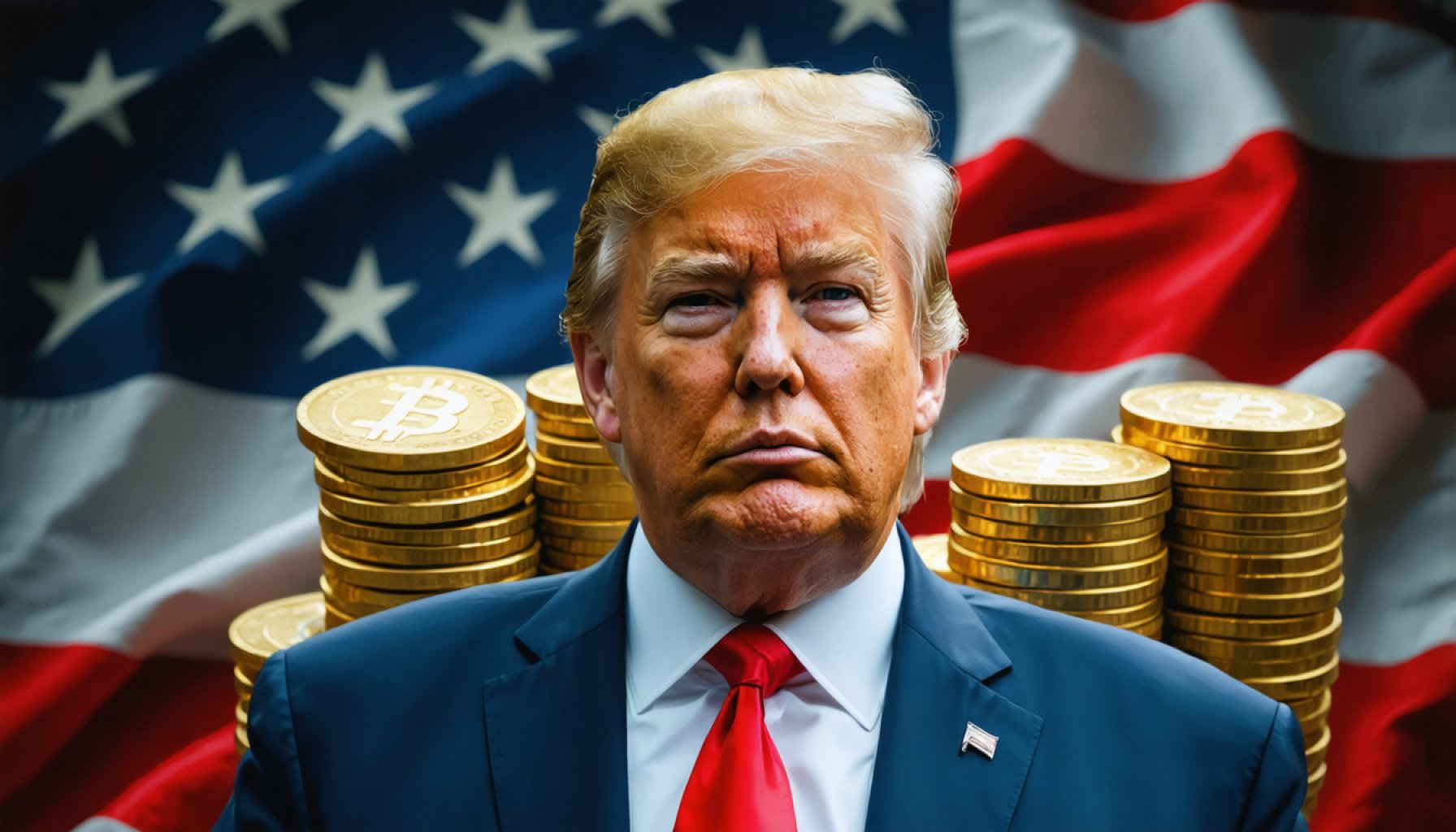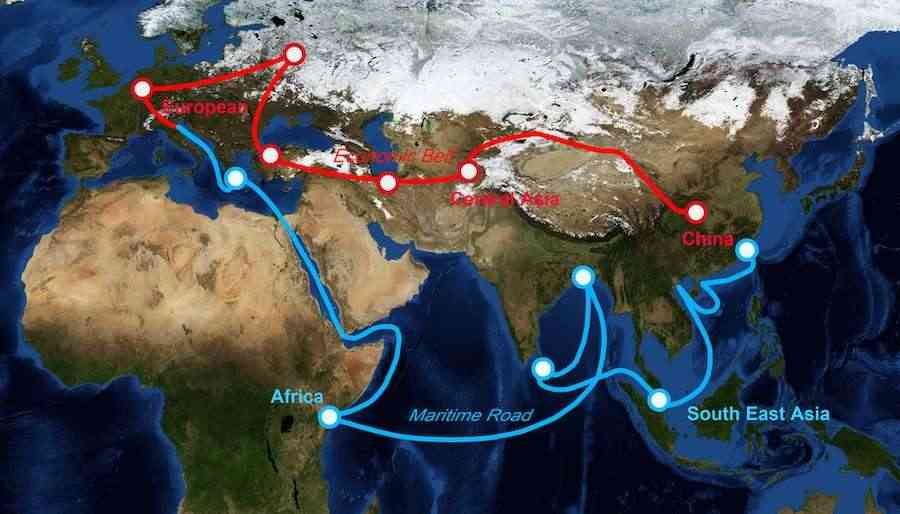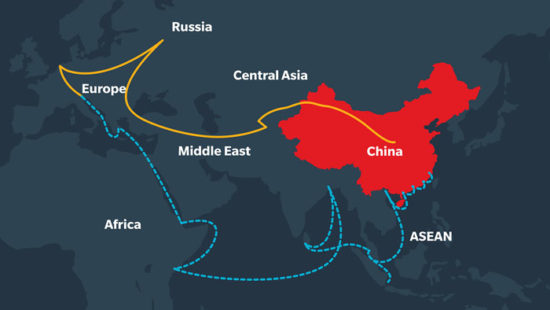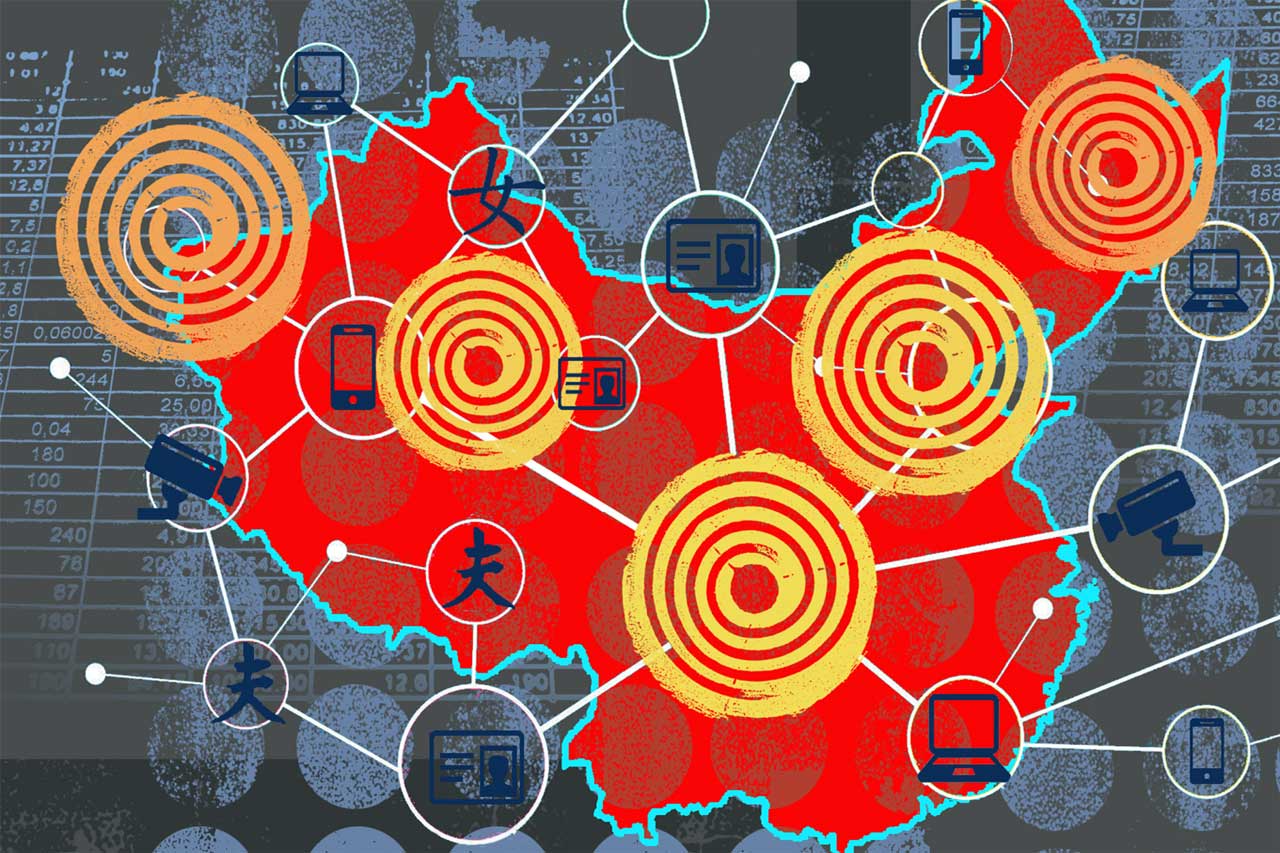In a move already shaking global markets and drawing both praise and protest, President Donald Trump unveiled a sweeping new set of tariffs this week. Standing in the White House Rose Garden on April 2, he introduced what he called “Liberation Day”—a series of aggressive trade measures designed to reset the global economic balance in favor of the United States. Trump’s new global tariffs mark a bold shift in U.S. trade policy, aiming to boost local jobs while risking global tensions and rising consumer costs.
At the heart of the plan is a 10% baseline tariff on nearly all imports entering the U.S., starting April 5. For some nations accused of unfair trade practices, however, those numbers rise dramatically—ushering in what may become the most significant shift in U.S. trade policy in over a century.
“It’s time we put American jobs and manufacturing first,” Trump declared. “These tariffs will level the playing field.”
For many Americans—especially in small towns and shuttered factory regions—these words resonate. They speak to the long-held belief that the nation’s industrial backbone has been weakened by decades of outsourcing and unchecked globalization. But for others—especially business owners, economists, and international partners—Trump’s tariffs have sparked concern about higher prices, supply chain disruptions, and the possibility of retaliatory trade wars.
Trump’s Global Tariffs Plan in a Nutshell
The new policy begins with a flat 10% import tariff on almost all goods, effective April 5. Countries with neutral or friendly trade relationships—including the UK, Australia, Singapore, Brazil, and Saudi Arabia—will see this as the only tariff applied to their goods.
But for nations that Trump’s administration considers economic aggressors, the tariffs climb significantly, kicking in April 9. These “reciprocal tariffs” are meant to reflect the barriers those countries place on American exports.
Here are the newly announced targeted rates:
- China: 54%
- Vietnam: 46%
- Cambodia: 49%
- Thailand: 36%
- European Union: 20%
- Japan: 24%
- South Africa: 30%
- Taiwan: 32%
Canada and Mexico, previously subject to 25% tariffs, are exempt from this new wave due to existing executive orders—largely tied to border security and fentanyl-related concerns.
One of the most immediate and impactful moves? A 25% tariff on all foreign-made automobiles, which took effect at midnight the day of the announcement. The goal: breathe life back into U.S. auto plants, which have struggled to compete with overseas manufacturing.
Why Now?
President Trump has made clear that this move is about restoring fairness in trade. The administration points to the nation’s large trade deficit and the hollowing out of domestic industries as major motivators.
A senior White House official explained, “We’re no longer going to allow countries to benefit from American consumers while simultaneously blocking our products and undermining our workers. This is about fairness, not punishment.”
Supporters of the policy believe it could finally bring factories back online, grow blue-collar employment, and reduce America’s dependency on foreign-made goods.
But it’s also a bold gamble—one that breaks sharply from globalist economic norms.
Tariff Overview by Country and Product Categories
The following table outlines the tariff rates imposed on select countries and the primary product categories affected:
| Country | Tariff Rate | Affected Product Categories |
|---|---|---|
| China | 34% | Electronics (e.g., smartphones, televisions), machinery, textiles |
| European Union | 20% | Automobiles, luxury goods, agricultural products |
| Japan | 24% | Automobiles, electronics, machinery |
| Vietnam | 46% | Apparel, footwear, electronics |
| Cambodia | 49% | Textiles, footwear |
| Thailand | 36% | Electronics, automotive parts, seafood |
| South Africa | 30% | Minerals, agricultural products |
| Taiwan | 32% | Semiconductors, electronics |
| United Kingdom | 10% | Automotive, aerospace, alcoholic beverages |
| Australia | 10% | Beef, wine, minerals |
| Brazil | 10% | Steel, agricultural products |
| Saudi Arabia | 10% | Petrochemicals, plastics |
Note: The baseline tariff of 10% applies universally, with higher rates for countries identified as having significant trade imbalances with the U.S.
Countries with Exemptions or Lower Tariffs
Certain countries have been exempted from the new tariffs or are subject to lower rates due to existing agreements or specific considerations:
- Canada and Mexico: These countries are exempt from the new tariffs as they are already subject to previously established duties related to other trade issues. Goods compliant with the United States-Mexico-Canada Agreement (USMCA) continue to enjoy tariff exemptions.
Excluded Product Categories
Several product categories are excluded from the new tariffs, either due to existing tariff structures or strategic considerations:
- Steel and Aluminum: Already subject to separate tariffs imposed earlier; thus, they are not included in the new measures.
- Automobiles and Auto Parts: Covered under previous tariff actions and remain unaffected by the latest announcement.
- Pharmaceuticals: Specifically exempted to ensure the continued availability of essential medicines.
- Semiconductors: Excluded to support the technology sector and avoid disruptions in critical industries.
- Lumber Products: Currently not subject to the new tariffs, pending further review and potential future actions.
The implementation of these tariffs is expected to have wide-ranging effects on international trade dynamics, domestic industries, and consumer prices. While the administration asserts that these measures will revitalize American manufacturing and correct trade imbalances, critics warn of potential inflationary pressures and the risk of retaliatory actions from affected countries. Businesses and consumers alike should prepare for adjustments in supply chains and pricing structures as these policies take effect.
Economic Implications and Expert Analysis
The new tariffs raise the average U.S. import tax to nearly 22%, a rate not seen since before World War I. Economists have voiced concern that this could lead to inflation and slowed economic growth.
Olu Sonola from Fitch Ratings called the plan “a global game-changer,” warning that extended enforcement of these tariffs could threaten the fragile balance of global trade and even tip the U.S. economy into a recession.
The estimated increase in annual consumer costs is projected to be $1,350 per person, with spikes in the prices of clothing, electronics, food, and even household essentials. Small businesses, already navigating high borrowing costs, are especially vulnerable.

Mixed Reactions Across the Globe
In the U.S., the reaction has been sharply divided. Labor unions and manufacturing coalitions hailed the move. “For once, we have a government that’s standing up for factory workers instead of pandering to multinational corporations,” said one Ohio union leader.
Yet small business owners, especially those reliant on imported goods, are bracing for impact. “I don’t want to raise prices on my customers,” said Elaine Thomas, who owns a furniture business in Georgia. “But I may have no choice now.”
Overseas, the response was swift and critical. The European Union called the move “aggressive and counterproductive. While Japan’s trade minister warned of escalating tension and the potential for retaliation.
China, still recovering from the bruises of previous trade wars, vowed a “firm response” and denounced the new tariffs as a “reckless escalation.”
Industries on the Front Line
Not all sectors will be hit equally. The automotive industry—with its immediate 25% tariff—will likely see the sharpest price increases. Foreign carmakers may lose market share, while U.S. factories could see a rebound—if they can ramp up quickly enough.
Other industries facing turbulence include electronics, beverages (especially European wine and spirits), and furniture, all of which depend heavily on global supply chains.
What This Means for Everyday Americans
Tariffs may feel like a distant term tied to headlines and economists. But the effects touch everyone.
Expect to see price hikes at the store, especially for products made or assembled abroad. A new phone, laptop, or imported car may soon cost significantly more. For small businesses, even the most basic supplies might become more expensive or harder to source.
Still, there is another side to the story. If these tariffs succeed, we could see new manufacturing jobs, revitalized local economies, and more products bearing the “Made in America” label.
That’s the vision Trump is betting on—a nation less reliant on global imports, more grounded in local growth.
A Warm Reminder in a Time of Change
It’s easy to get lost in the numbers, the politics, and the global headlines. But at its heart, this moment is about people—families, factory workers, entrepreneurs, and communities that have long felt forgotten in the noise of globalization.
Whether you stand with or against these tariffs, uncertainty is a natural response. Big shifts bring discomfort—but they also bring opportunity.
As the world watches and reacts, one thing is clear: America is writing a new economic chapter, one tariff at a time. And as we turn the page, the story isn’t just about dollars and cents—it’s about the resilience of people who continue to adapt, rebuild, and believe in what comes next.





